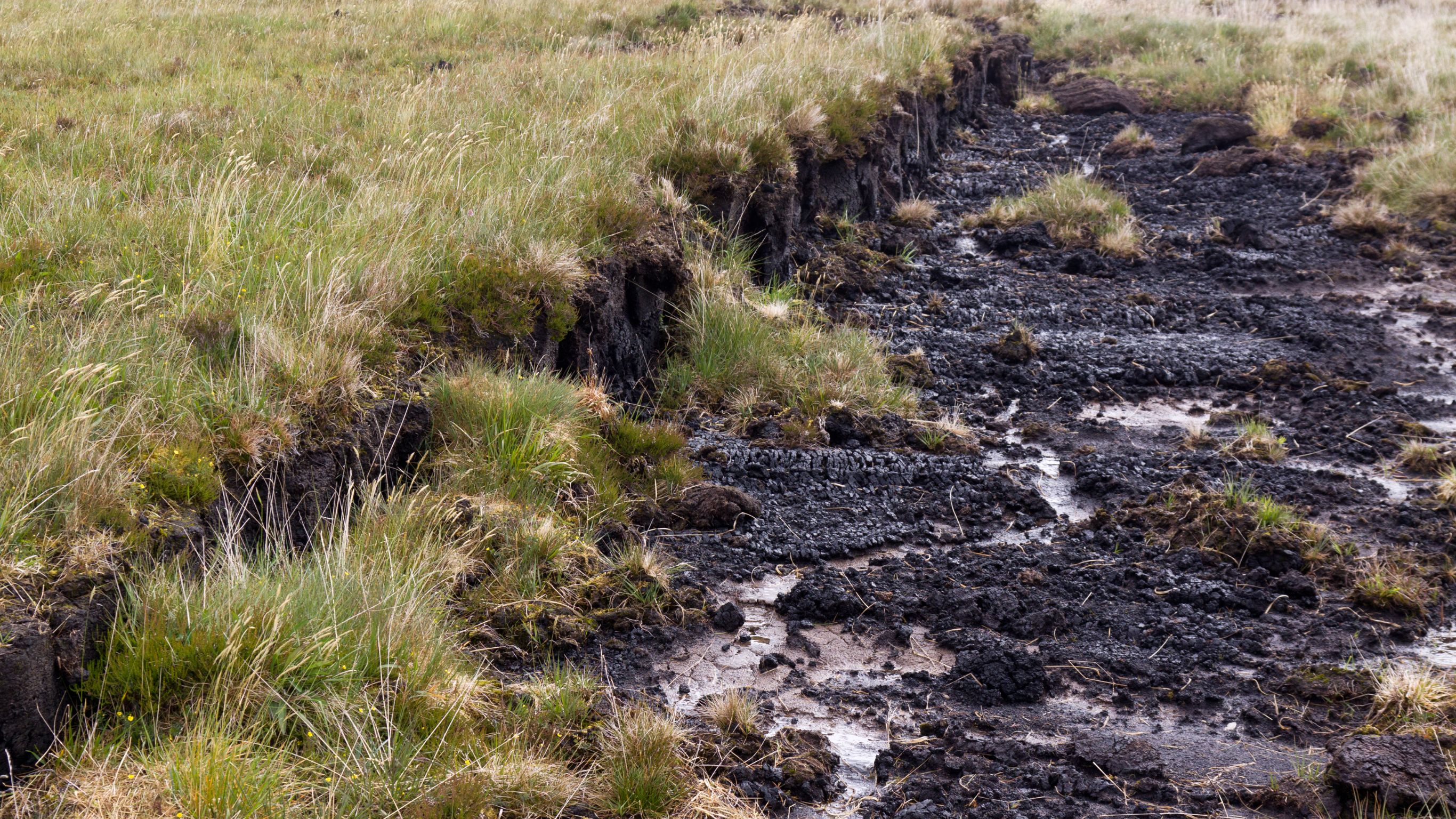Key Takeaways:
- VPD and Vegetation Growth: Chen et al. (2023) explore the effects of increasing atmospheric vapor pressure deficit (VPD) on vegetation growth, particularly in northern peatlands, contrasting with worldwide reports of vegetation suppression due to rising VPD.
- Neutral Impact in Northern Peatlands: The study integrates multisource datasets and finds that contrary to other regions, increasing VPD caused by warming alone does not suppress vegetation growth in northern peatlands.
- Open Water-Use Strategy: Plants in northern peatlands respond to rising VPD by adopting an “open” water-use strategy, allowing relaxed stomatal regulation to maximize carbon uptake, a trait evolved due to the wet soil–air environment.
- Regional Variability: A strong declining gradient of VPD suppression impacts observed from sparsely distributed to densely distributed peatlands, indicating regional differences in response.
- Need for Model Improvement: The distinct response of northern peatlands to rising VPD suggests that current models must be improved to represent these areas’ unique reactions to climate change accurately.
Northern Peatland Study
Chen et al. (2023) address the critical and timely issue of how vegetation responds to increasing atmospheric vapor pressure deficit (VPD), a condition expected to become more prevalent with climate change. While most global studies report suppressing vegetation growth due to rising VPD, this research offers a contrasting perspective from northern peatlands.
Neutral Impact in Northern Peatlands
The study’s integration of multisource datasets, including a site-level manipulation experiment and a multiple-site synthesis, reveals a striking discovery: in northern peatlands, increasing VPD caused by warming alone does not suppress vegetation growth. This finding is significant as it challenges the prevailing understanding and suggests that peatlands may have unique adaptive mechanisms to cope with changing climatic conditions.
Open Water-Use Strategy
A key mechanism identified by the researchers is the “open” water-use strategy adopted by plants in these regions. Unlike in other ecosystems where increased VPD leads to closed stomata to conserve water, plants in northern peatlands relax stomatal regulation. This strategy allows for maximized carbon uptake, possibly a trait evolved due to the consistently wet soil–air environment characteristic of these areas.
Regional Analysis and Variability
The study also highlights a robust declining gradient of VPD suppression impacts from sparsely distributed to densely distributed peatlands. This indicates that the response to VPD can vary significantly, even within the same ecosystem type, depending on regional characteristics. This variability underscores the complexity of ecological responses to climate change and the need for region-specific analyses.
Implications for Climate Models
The findings from Chen et al. (2023) imply that current models may not adequately represent the unique responses of northern peatlands to increasing VPD. As these ecosystems play a crucial role in global carbon cycling and climate regulation, there’s a clear need for model improvement to accurately predict and manage the impacts of climate change on these sensitive and valuable areas.
Read more here.



1 Comment